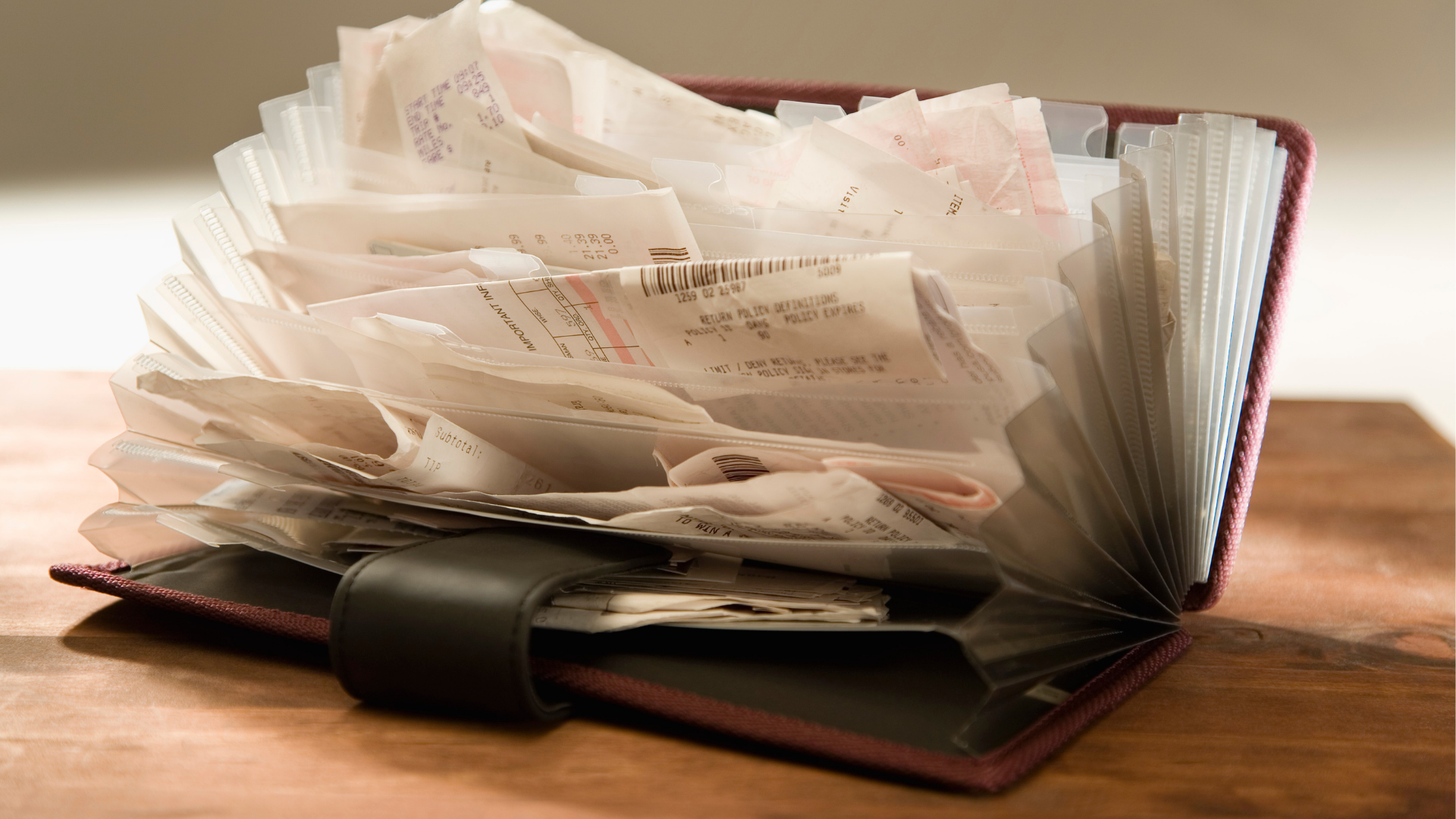Does spending lift your spirits when life gets you down? Many of us turn to “retail therapy” when we feel down or stressed, and for a good reason. Studies show that shopping can trigger dopamine, which is a chemical in our brains that makes us feel good and fulfilled.
For many, the act of spending money triggers the rush, rather than the actual item purchased. This can lead to unhealthy spending habits that result in rising debt and increased stress — which can further amplify the compulsion to spend. This is called “emotional spending.”
What Are the Signs?
- You shop to relieve stress or other negative emotions.
- You make unplanned purchases that often bust your budget.
- You enjoy the emotional boost you get when you make the purchase… and later feel guilt or regret.
- You end up returning, not using, or hiding your purchases.
- You avoid looking at your financial statements because of your shopping.
Strategies to Manage Emotional Spending
There are a few strategies, tools, and resources available to overcome a shopping habit:
- Make a budget. A budget allows you to create a picture of your income, expenses, and spending patterns. Allocate some “mad money” each month that you can spend without guilt ~ and without harming your budget.
- Adopt cash only spending. Leave your debit and credit cards at home when you go shopping. Going “cash only” changes the way you think about your purchases, and you can’t spend more than you have with you.
- Remove your credit card information from shopping sites. Autofill makes it too easy to make an impulsive purchase online.
- Use the Wish List. When shopping online, put items on the site’s “wish list” and give yourself a day or two to think about it. The purchase may not seem as appealing tomorrow.
- Unsubscribe from store marketing emails. Keep those tempting offers and sales out of sight, and out of mind. Only seek out sales when you actually need something.
- Reframe the value of a dollar. Try thinking about an item’s value in terms of the time it takes you to earn the money for it. Imagine you make $20/hour and a jacket catches your eye — it’s 50% off for one day only, now priced at $60. Thinking of it as $60 saved might seem like a bargain too good to pass up, but thinking about it as three hours of your work day might compel you to put it back on the rack.
- Pay yourself instead. If you find yourself tempted to spend, make a deposit to your savings account, contribute to your IRA, or make an extra loan payment instead. Then feel the satisfaction of a growing savings balance or a disappearing loan balance.
- Explore alternative activities to relieve stress. Many free or low cost activities can generate the same “feel good” response — such as going for a hike, painting, or taking an online cooking class.
- Don’t give up. It takes time to correct any bad habit. Celebrate the little victories, and don’t be too hard on yourself if you make a few mistakes on your journey.
If you need help getting started, SESLOC Money Coaches or our partners at GreenPath Financial Wellness are here to provide free, confidential, one-on-one guidance and support.


